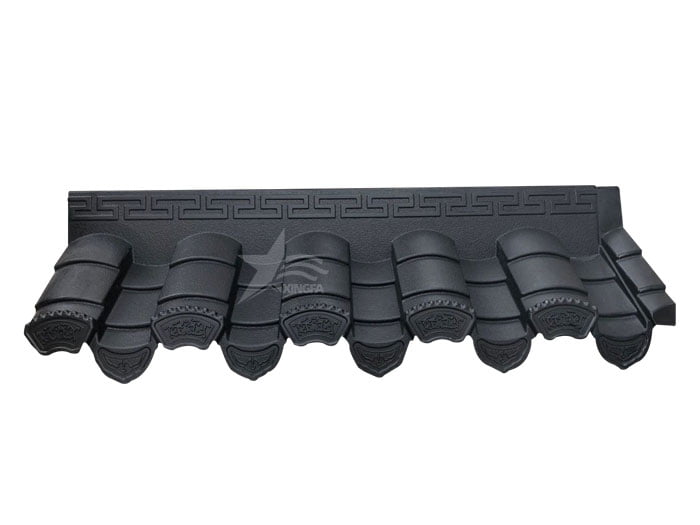With the continuous development and technological advancements, the architectural industry is constantly evolving and innovating. In this era of diversity and personalized aesthetic pursuits, the selection of architectural decorative materials has become increasingly important. Among these, antique-style integrated tiles have gained significant attention and popularity in modern architecture due to their unique charm and advantages.

The first reason for the widespread acclaim of antique-style integrated tiles lies in their distinctive decorative style. Unlike traditional building materials, these tiles can replicate the historical ambiance and cultural atmosphere of ancient architecture, infusing modern buildings with a rich sense of heritage. In today’s diverse aesthetic landscape, consumers seek individuality and uniqueness, and antique-style integrated tiles perfectly meet this demand, offering a unique decorative effect that sets buildings apart.

Furthermore, antique-style integrated tiles exhibit a competitive advantage in providing comprehensive spatial solutions. Each series of these tiles boasts its own unique style and is highly adaptable, making them more than just a building material but a complete decorative solution. In architectural decoration, choosing antique-style integrated tiles is not merely about selecting a material; it is about creating an entire spatial ambiance and style, providing consumers with more diverse and personalized options.
Another advantage of antique-style integrated tiles is their combination of technology and tradition. While their appearance mimics the style of traditional ancient tiles, their materials and manufacturing processes incorporate modern technology, resulting in superior durability and performance. Compared to traditional tiles, antique-style integrated tiles are more durable, uniformly colored, and sturdier, making them more appealing to consumers.
Finally, the widespread application of antique-style integrated tiles is another key reason for their popularity. In addition to being used for walls and eaves of buildings, these tiles are also suitable for garden architecture and other areas. Their strong three-dimensional effect and aesthetic appeal bring a unique beauty and visual enjoyment to structures, thus gaining widespread acceptance.

In conclusion, antique-style integrated tiles, with their distinctive charm and numerous advantages, have carved out an important place in modern architecture. Their ability to blend historical elegance with modern performance, along with their versatile applications, makes them an ideal choice for those seeking both aesthetic appeal and functionality in their building projects.
